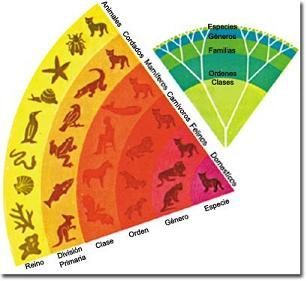 Like the rest of the planets in the solar system, the Earth performs two types of movements: rotational and translational. In the first, the Earth rotates on itself around an imaginary axis, slightly inclined and crossing the poles. As for the duration of this rotation, it takes 24 hours to make a complete turn and for this reason the day has 24 hours. The translational movement is the one by which the Earth moves around the Sun through an elliptical orbit and this complete turn takes place during 365 days, that is, one year. Both movements were discovered in the 17th century by the Polish astronomer Nicolai Copernicus.
Like the rest of the planets in the solar system, the Earth performs two types of movements: rotational and translational. In the first, the Earth rotates on itself around an imaginary axis, slightly inclined and crossing the poles. As for the duration of this rotation, it takes 24 hours to make a complete turn and for this reason the day has 24 hours. The translational movement is the one by which the Earth moves around the Sun through an elliptical orbit and this complete turn takes place during 365 days, that is, one year. Both movements were discovered in the 17th century by the Polish astronomer Nicolai Copernicus.
The inclination of the axis of rotation
The Earth's axis of the Earth's rotation forms an inclined angle of 23.5 degrees with respect to what would be the ideal axis. This inclination can be observed by the existing angles in the plane of the equator and the plane of the orbit.
The movement of the earth's axis allows us to explain the change of the seasons. This is due to the fact that since the axis is slightly inclined, the sun's rays have a greater impact on some territories than on others. In this way, when in temperate zones it is summer in the northern hemisphere, it is winter in the southern hemisphere. The movement of the Earth's axis and the position of the Sun are the factors that determine the change of seasons in the two hemispheres.
The tilt of the Earth explains the diversity of temperatures on the planet. In this sense, the more perpendicularly the sun's rays are projected in an area of the Earth, the greater the heat in that area. In this way, the planet has different thermal zones: the cold zone, the temperate zone and the warm zone.
The imaginary lines that are drawn on the Earth
 To facilitate the exact location of different places on Earth, humans have created a series of imaginary lines, parallels and meridians. The former are horizontal and the latter are vertical. Parallels are imaginary circles that can be drawn anywhere on the earth's surface.
To facilitate the exact location of different places on Earth, humans have created a series of imaginary lines, parallels and meridians. The former are horizontal and the latter are vertical. Parallels are imaginary circles that can be drawn anywhere on the earth's surface.
The Equator is the zero parallel and divides the Earth into two hemispheres, the northern hemisphere and the southern hemisphere (the first is the parallel known as the tropic of cancer and the second is the tropic of capricorn). The meridians are semicircles perpendicular to the Equator, passing through the poles and can also be traced anywhere on the earth's surface. The Greenwich meridian is the zero meridian and divides the Earth into two hemispheres, the west and the east.
Photos: Fotolia - Alswart / Yang MingQi









